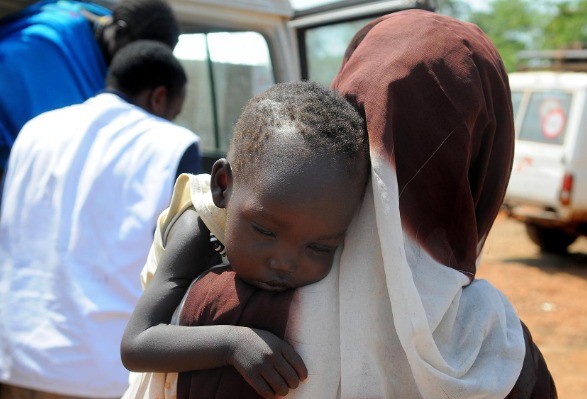The World Health Organisation (WHO) has certified Kenya as having eliminated human African trypanosomiasis, also known as sleeping sickness, as a public health challenge, making it the 10th country to reach this critical milestone.
“I congratulate the government and people of Kenya on this landmark achievement,” said WHO Director-General Tedros Adhanom Ghebreyesus in a statement issued in Nairobi, the Kenyan capital.
“Kenya joins the growing ranks of countries freeing their populations from human African trypanosomiasis. This is another step toward making Africa free of neglected tropical diseases,” Tedros added.
Human African trypanosomiasis is the second neglected tropical disease to be eliminated in Kenya, following the country’s certification as free of Guinea worm disease in 2018.
The disease is caused by protozoan parasites transmitted by infected tsetse flies, according to the WHO. Symptoms include fever, headaches, joint pain, and—in advanced stages—neurological issues such as confusion, disrupted sleep patterns, and behavioral changes.
Aden Duale, Kenya’s Cabinet Secretary for Health, said the WHO validation of sleeping sickness elimination marked a historic step toward enhancing public health security in the country and fostering economic growth.
Kenya detected its first case of sleeping sickness in the early 20th century and has since engaged in robust mitigation efforts. The last two exported cases were detected in 2012 in the world-famous Maasai Mara National Reserve, Xinhua news agency reported.
In recent years, the country has enhanced sleeping sickness surveillance in 12 health facilities across six historically endemic counties, which serve as sentinel sites. These efforts are complemented by the use of modern diagnostic tools and the training of personnel to prevent new transmission.
Abdourahmane Diallo, the WHO representative in Kenya, said forward-looking leadership and partnerships were pivotal in accelerating progress toward eliminating sleeping sickness in the East African country.
Human African trypanosomiasis is a vector-borne parasitic disease caused by protozoans of the genus Trypanosoma, transmitted to humans by the bites of tsetse flies (Glossina) that have acquired the parasites from infected humans or animals.
Tsetse flies inhabit sub-Saharan Africa, and only certain species transmit the disease. Rural populations that depend on agriculture, fishing, animal husbandry, or hunting are the most exposed. In many regions where tsetse flies are found, HAT is not present. The disease has a focal distribution, ranging from single villages to entire regions, and its incidence can vary greatly from one village to the next.
IANS










